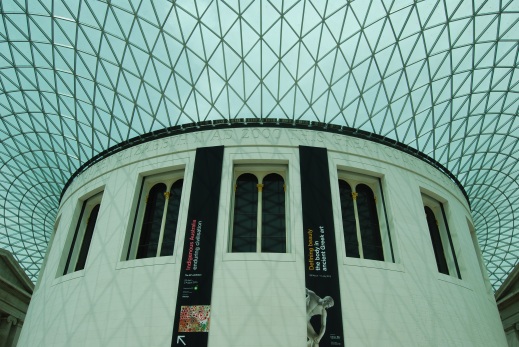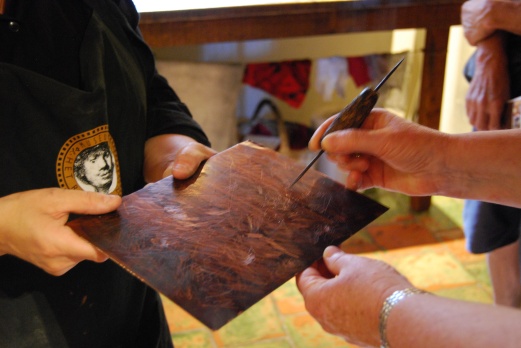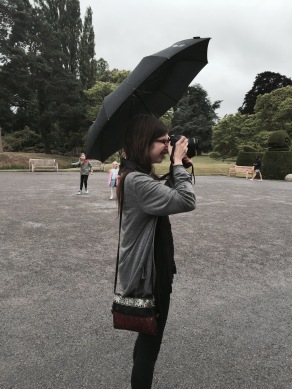Mathematics is dull, confusing, and basically irrelevant to anyone outside of science and technology, right?
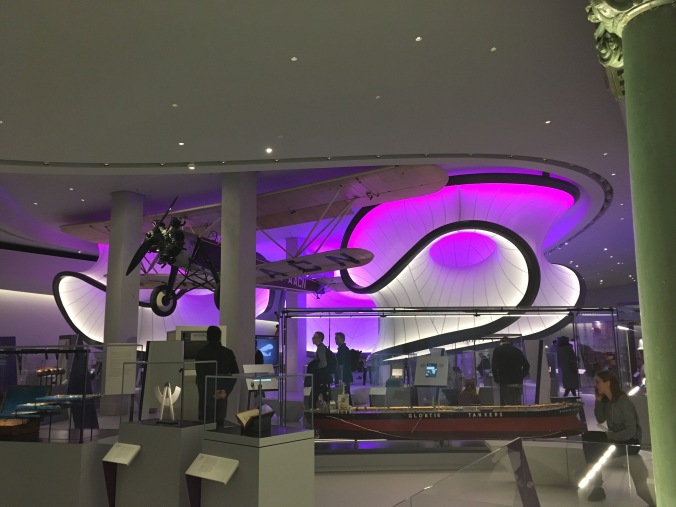
Mathematics: The Winton Gallery at Science Museum. Author’s photo.
Wrong. I recently discovered this at a sneak preview of Mathematics, the much-anticipated new permanent gallery at London’s Science Museum.
This is a space for people like me. People who wish they knew more about math but are anxious they won’t understand. People who love museums and history but feel out of place at a science or technology museum. People – especially women – who weren’t encouraged to pursue math by their teachers, as if it were a secret club to which only a select few were invited. I’ve written about museum anxiety before, and Mathematics does an excellent job of making an unfriendly topic more accessible.
I’ve disliked math since my teenage years. I nearly flunked out in high school, even with an army of extra tutors. My grade 11 algebra teacher congratulated me for getting 52% on the final exam. For him, that was the highest an artsy hippy like me was expected to achieve. Like many others, I’ve carried this anxiety about mathematics into adulthood. I panic at anything beyond adding or subtracting historical dates. My restaurant tips oscillate between incredibly generous and unfairly stingy. I’m not ashamed to count on my fingers if needed. Bragging about mathematical ineptitude has even become a badge of pride for many arts workers.
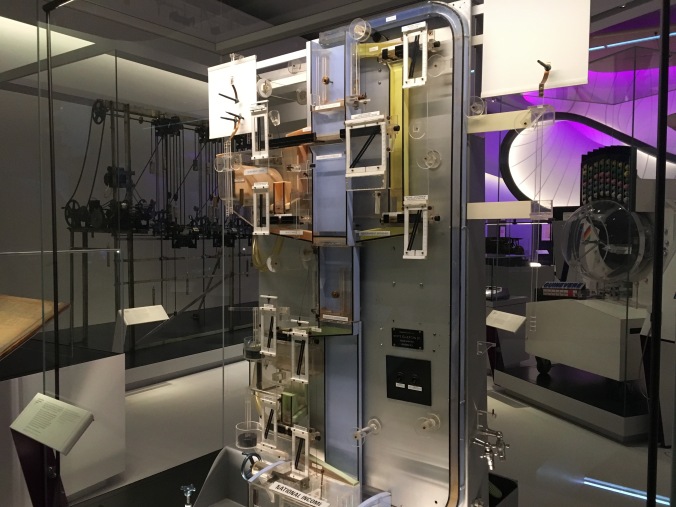
Phillip’s 1949 Economic Computer, which models how a national economy works using water to represent the flow of money. Author’s photo.
How refreshing then, that Mathematics is a departure from every expectation; indeed, from the typical Science Museum experience overall. Designed by Zaha Hadid Architects, the gallery is an otherworldly oasis of calm in a museum that is often crowded and noisy. It targets adults and older youth, a welcome expansion beyond the museum’s young family audience. Each object in Mathematics is carefully chosen to tell a story, creating an elegant, uncluttered space that doesn’t overwhelm. Because the gallery is organised by theme rather than chronology, it encourages visitors to choose their own path through the space. This cuts down on confusion, bottlenecks, and the need for additional signage.
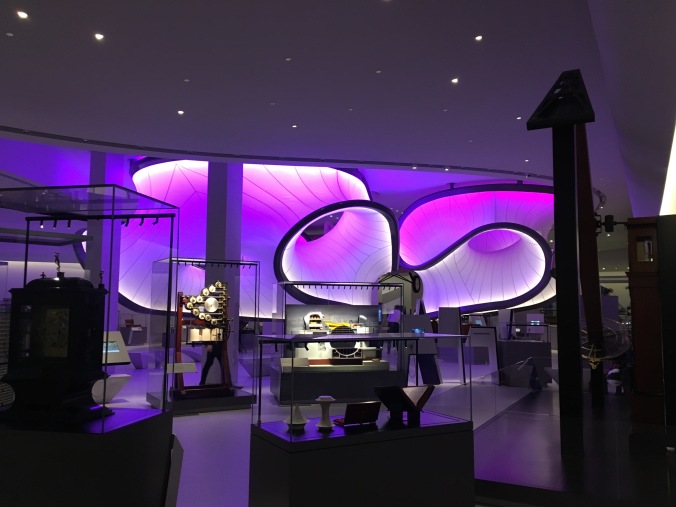
According to Zaha Hadid Architects, the gallery’s layout and curved sculpture were “driven by equations of airflow used in the aviation industry”. Author’s photo.
Mathematics has one surprising weakness: it is missing objects and stories from non-Western cultures. A 17th-century astrolabe from Lahore is featured, but Western, white, and male contributions tell most of the gallery’s story. Where are the navigational formulas of Polynesian seafarers? The number systems of the ancient Sumerians, who gave us the abacus and time measurements in units of 60? The long history of mathematical innovations in China? The geometrical designs of the Haida Nation and others? This missed opportunity is a shame, given how well-suited the universality of mathematics is for telling diverse, international stories.
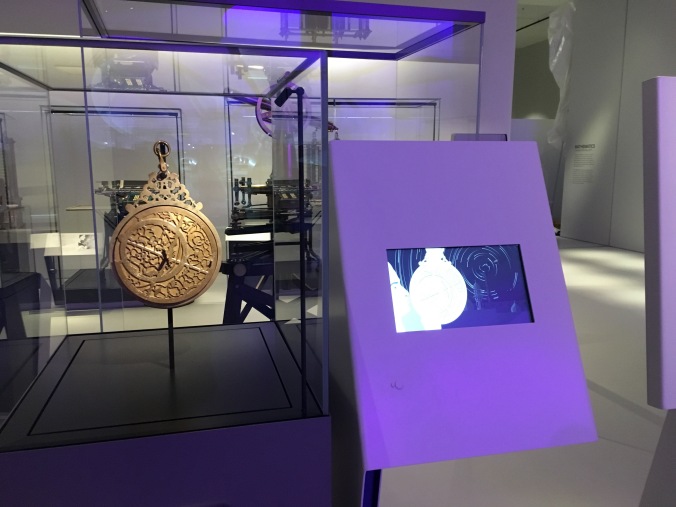
17th-century astrolabe made by Jamal al-Din ibn Muquin, with interactive panel explaining how it is used. Author’s photo.
Despite this omission, Mathematics is still a refreshing addition to the Science Museum and London museum circuit. As a math-anxious person, it encouraged me to connect with the story of mathematics. It asked provocative questions, and gave me new insights into familiar objects. It also changed my perspective on the Science Museum itself, as a place that can cater to adult audiences as well as young families.
In short, mathematics can be friendly.

Enjoy the peaceful flow. Author’s photo.
